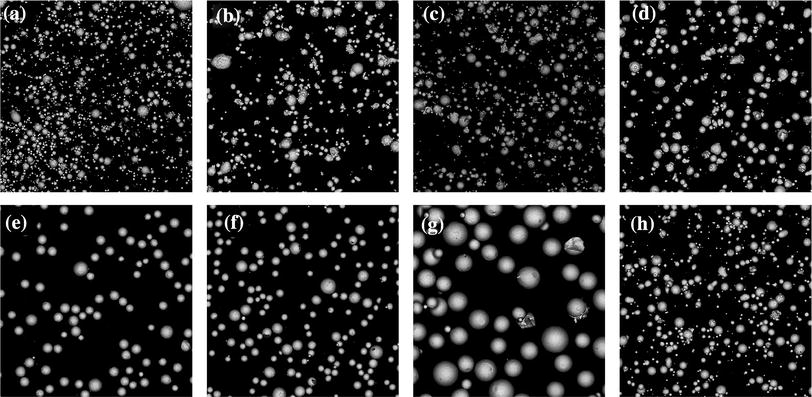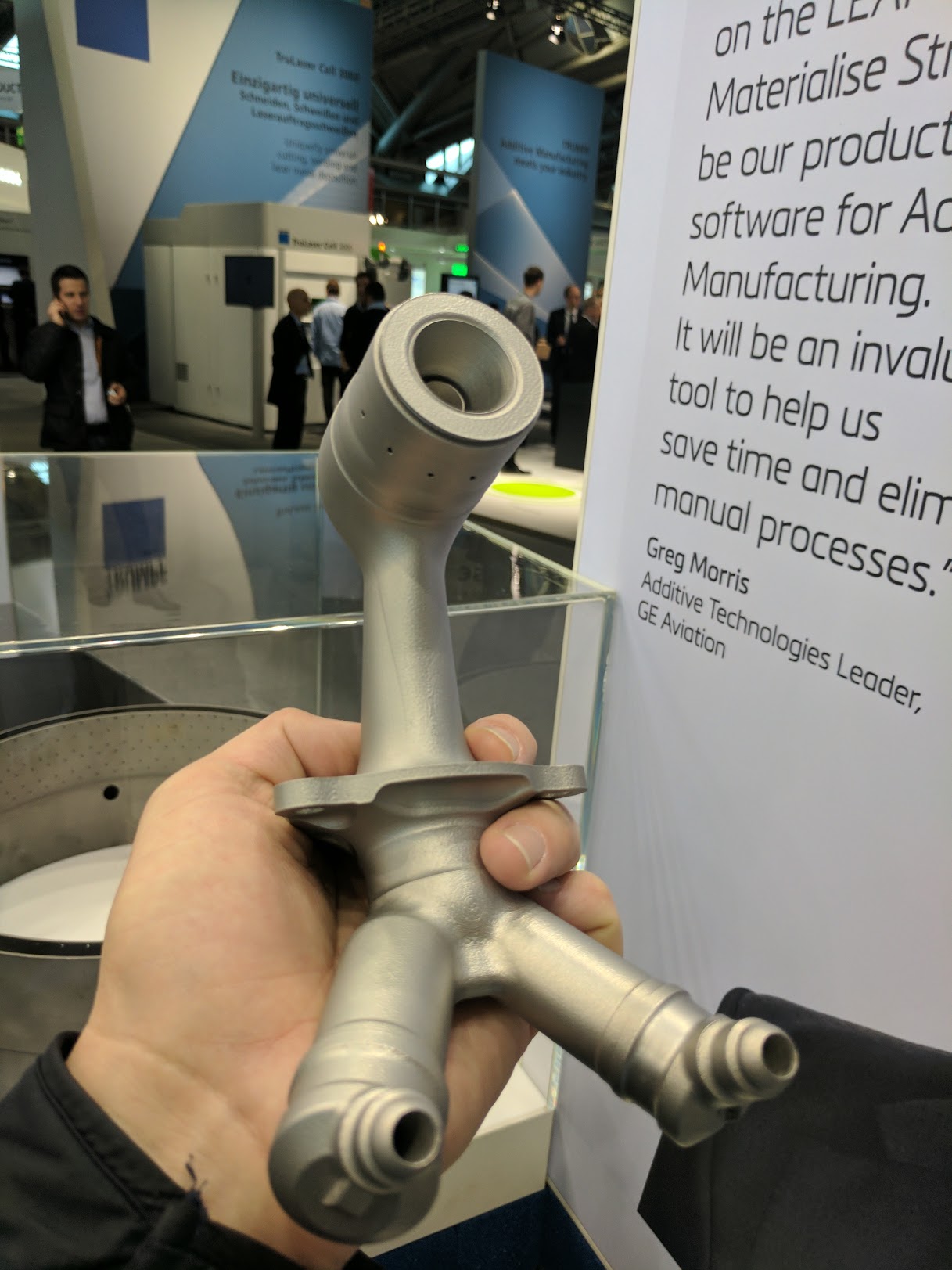Research from Carnegie Mellon University’s (CMU) College of Engineering has developed an autonomous system for classifying the metal powders used for 3D printing. Using machine vision technology, the system can identify specific microstructures in the additive manufacturing metal powders with an accuracy of greater than 95%.
Metal powders are used in powder bed fusion 3D printers. Understanding the quality of the material is essential to the integrity of the resulting parts. The CMU engineers expect their system to be applied by the 3D printing industry within the next five years as part of the Carnegie Mellon University’s NextManufacturing Center aims.
Elizabeth Holm, professor of materials science and engineering at CMU explains,
Importantly, the machine vision approach is autonomous, objective, and repeatable. This type of standardization is necessary to advance quality assurance in the field.

Microstructural fingerprints
The CMU engineers developed the system by training a computer to identify microstructures in powder micrographs. As the research paper explains, “feature detection and description algorithms are applied to create a microstructural scale image representation that can be used to cluster, compare, and analyze powder micrographs.”
Following this, the powders can then be classified as to whether they possess sufficient qualities for strength, fatigue life, or toughness. The CMU researchers refer to the analyzed powders characteristics as microstructural fingerprints and believe certain fingerprints will bear well for certain applications.

Recycling powders
Not only can this system facilitate classification and qualification of metal powders in order to ensure print quality, the technology can also support the recycling of metal powders. Since the microstructural fingerprints can then be reassessed to determine how far they have strayed from the original structure.
This means the machine vision system could improve the efficiency and re-usability of metal 3D printing and Elizabeth Holm explains the need to develop such a system. Holm says,
In traditional manufacturing, parts are often qualified through destructive testing. A company might produce multiple parts and physically test them to see how they hold up to stress and fatigue. However, that costs a lot of time and money, so it should be avoided in additive manufacturing in order to preserve the on-demand nature of 3-D printing.
Addressing the need to qualify metal 3D printed parts, GE is also developing its own systems and recently published patents to develop an acoustic monitoring system inside the build chamber of metal 3D printers.

Improving application
For additive manufacturing to establish itself as a viable manufacturing technique, particular in large scale production, it must overcome the current hurdles of certifying metal 3D printed parts. This is particularly crucial with parts intended for critical applications in areas such as aerospace.
The machine vision system can also improve application by choosing the right purpose based on the specific microstructure of the powder. The microstructural fingerprints can help determine the best application of the powders for the intended purpose. It is therefore hoped that this autonomous system will encourage use of additive manufacturing and could improve the workflow of producing parts on a large scale, such as the production of GE’s 3D printed LEAP fuel nozzle.
The paper, titled ‘Computer Vision and Machine Learning for Autonomous Characterization of AM Powder Feedstocks’ has been published in JOM, the Journal of the Minerals, Metals, and Materials Society.
For all the latest 3D printing news, subscribe to the most widely read newsletter in the 3D printing industry, follow us on twitter and like us on Facebook.
Featured image shows engineers assessing the powders at the CMU lab. Photo via CMU College of Engineering.


